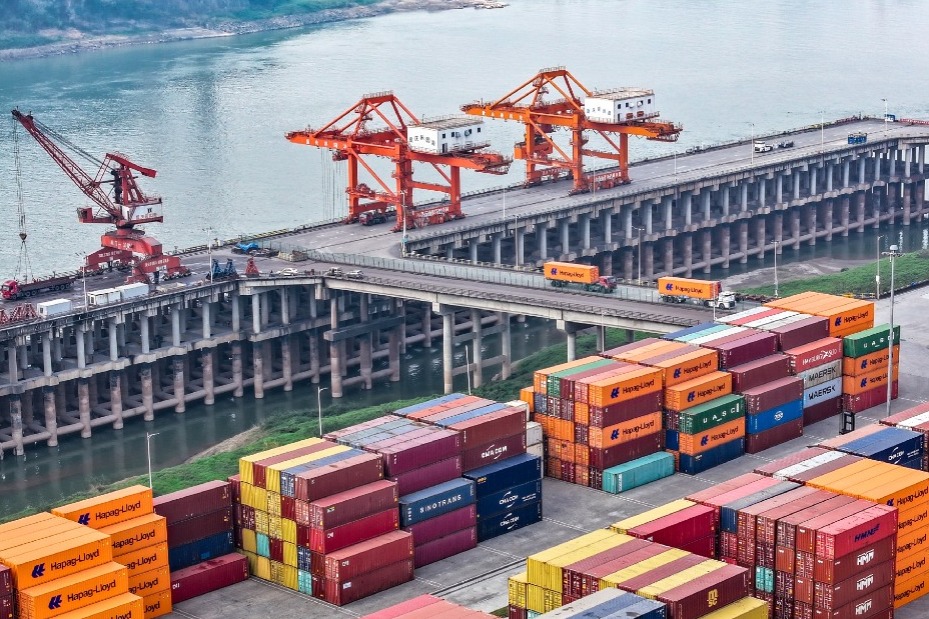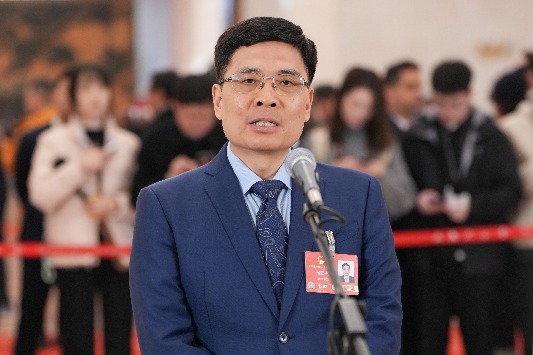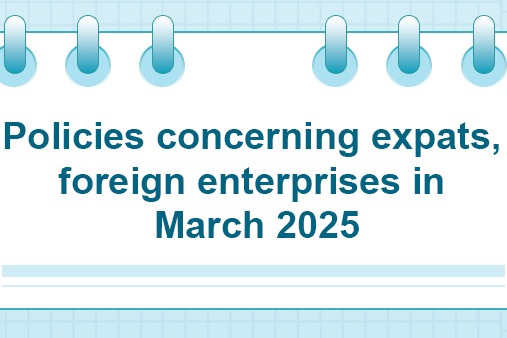High expectations for rising low-altitude biz


As top-level planning and policy moves toward concrete industrial implementation, building an ecosystem of low-altitude applications and advancing airspace governance have become key priorities, said industry experts.
Wu Yirong, an academician at the Chinese Academy of Sciences, said the country's low-altitude economy is evolving beyond simply connecting devices or vehicles. It is now entering a new stage focused on achieving "smart airspace control" through technological integration and ecosystem development.
"Low-altitude airspace is not an empty void, but instead a strategic space in the digital age. China's low-altitude economy is shifting from technological trials to ecosystem construction," Wu said.
Driving this transformation is the integration of cutting-edge technologies, such as low-altitude cloud computing, 6G networks and satellite internet, to create the world's first integrated air-space-ground intelligent network, the academician added.
The view underscores a broader consensus among experts — infrastructure development is fundamental to unlocking the potential of the low-altitude economy.
"Infrastructure comes first for development, whether on the ground or in the sky," said Hu Minghua, a professor at the civil aviation college of Nanjing University of Aeronautics and Astronautics. "To enable safe, efficient and convenient low-altitude flights, we must establish a robust air traffic management system that can provide systematic solutions for both manned and unmanned aircraft operations."
In this regard, industry players are accelerating efforts to turn smart low-altitude networks from concept into reality. For instance, the newly unveiled low-altitude smart flight application platform of Chinese geospatial tech company Geovis Technology Co Ltd leverages its cloud-based supercomputing and airspace management capabilities to offer a comprehensive solution for scheduling, control, applications and operations in low-altitude airspace.
Beyond operational management, the platform also enables standardized services — such as aerial data collection, intelligent inspections and logistics delivery — catering to a wide range of low-altitude scenarios from natural resource monitoring to urban governance.
"By building a digital infrastructure for low-altitude operations, integrating aircraft data resources, enhancing airspace management services and fostering innovative application scenarios, we aim to establish a full industry-chain layout for the low-altitude economy," said Chen Wei, chairman of Geovis Low-altitude Cloud Co.
This push aligns with national policy priorities. This year's Government Work Report highlighted the launch of large-scale application projects for new technologies, products and scenarios — with an emphasis on promoting the safe and healthy development of emerging sectors such as commercial aerospace and the low-altitude economy.
"Efficient airspace management will be critical to unlocking the economic potential of low-altitude infrastructure," said Li Jiaxiang, former head of the Civil Aviation Administration of China, adding that the low-altitude economy is poised to become a new engine of growth for China's economy, but maximizing the use and management of airspace resources is essential.
Looking ahead, Hu said that developing support industries for airspace governance — including refined planning, collaborative management and risk sensing — will further accelerate the growth of low-altitude flight activities and the overall sector's ecosystem. In turn, this surging demand is expected to spur expansion across manufacturing, services, and the broader low-altitude industrial chain and inject new momentum into China's economic transformation.




































